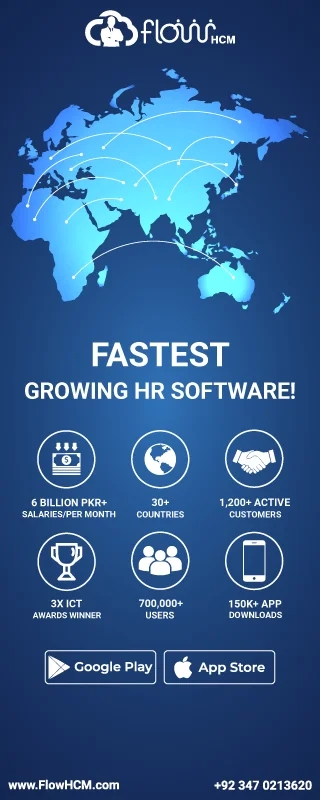HR software is a set of digital tools designed to automate and streamline various HR tasks. It can handle everything from employee records and payroll to recruiting, training, and performance management. HR software can be either cloud-based or on-premises, which requires the software to be installed on your organization’s servers.
Choosing HR software sounds easy but can be challenging with so many options available on the internet. This blog is a detailed guide on how to choose the right HR software according to your business needs.
Here are a few tips on how to choose the best HR software for your business.
1. Evaluate Your Current HR Processes
Before choosing an HR software, it is important that you review your current HR process. Identify areas where your HR team is having difficulties or where ineffective processes are taking place. Do you need better payroll management, easier retention of employee records, or do you need to simplify the recruitment process? By identifying specific issues, you can figure out which features to prioritize.
Define Your Key Objectives
In this step, think about what you want to achieve with HR software. Do you want automated processes to save time, tools to motivate employees, or performance management features? So that you can improve the review process? Defining these objectives will help you choose a solution that meets the specific needs of your business.
Consider Your Budget
HR software is available in a variety of price points, from basic, simple options to more advanced and feature-rich systems, which can be expensive. Set your budget for HR software and remember that the total cost of ownership includes license fees, support, maintenance, and upgrades. Make sure the benefits of the software justify its investment and take into account your return on investment (ROI) expectations.
2. Look at the Modules Of HR Software
The essential modules of HR software should include the following:
Employee Management
Employee management involves storing and managing all personal and professional details of employees, such as their qualifications, experience, and performance data. It helps in tracking the career progress of the employees and maintaining the latest records. It helps in strategic decision-making and employee engagement.
Time and Attendance Management
With time and attendance management, you can track employees’ work hours, overtime, vacations, and absences. Using biometric devices and software integration, it ensures accurate time tracking and reduces manual errors, which leads to improved payroll processing, increased operational efficiency, and employee responsiveness.
Leave Management
Leave management automates the process of tracking and managing employee vacations, such as sick leave, vacation, or personal leave. It simplifies the workflow of applying and approving leave while ensuring compliance with company policies. Employees can easily see the balance of their leave, and HR can monitor and manage leave records seamlessly.
Payroll Management
Payroll management ensures an accurate calculation of the salaries of employees. Including bonuses, deductions, taxes, and benefits. It automates the process of payment. Eliminates errors and ensures timely payments. It helps organizations effectively manage salary distribution while ensuring compliance with tax laws and regulations, increasing the transparency of the payroll process.
Separation Management
Separation management refers to managing the resignation, retirement, or dismissal of employees. This ensures that all formalities, such as the return of the company’s property and clearance from all departments, are completed. This system tracks the process of off-boarding, helps organizations maintain a smooth transition, and conducts exit interviews for feedback.
Recruitment Management
Recruitment management streamlines the recruitment process by managing job postings, applications, interviews, and candidate selection. It integrates with job boards and ATS (Applicant Tracking System), enabling HR teams to track candidates easily. The software simplifies the workflow of the job. It helps organizations find and onboard talent quickly and effectively.
Performance Management
With performance management, employers can track the performance of employees by setting goals, providing feedback, and evaluating. It includes tools for measuring productivity, managing goals, and aligning personal accomplishments with company goals. The system helps to identify strengths and areas for improvement. Ensures that employees are motivated, engaged, and performing at their best.
Expense management
Expense management helps you with tracking and managing the expenses of the employees. such as travel expenses, office supplies, and remuneration. This system streamlines the approval process while ensuring compliance with company policies. By automating expense reporting, it reduces errors. Ensures timely payment. It helps organizations take control of their budgets while facilitating employees in claiming their expenses.
If there is a need in the company, then further modules like Onboarding, Training, Separation, Help Desk, HR Letters, Manpower Planning, Travel, Scheduled Reports, and Scheduled Alerts can help streamline HR processes, enhance employee experience, and ensure seamless communication and operational efficiency within the organization.
3. Integration with Other Systems
HR software should be compatible with your existing tools and systems, such as accounting software, time tracking systems, or Enterprise Resource Planning (ERP) tools. Integration ensures data flows seamlessly across your organization, reducing errors and saving time.
4. Evaluating Vendor Reputation and Support
Research the vendor’s history and customer feedback. Look for software providers that have a strong track record in your industry, as they will better understand your specific challenges. You can also explore online reviews, case studies, and testimonials to gauge the effectiveness of their software.
Customer Support and Training
Reliable customer support is essential when implementing HR software. Ensure that the vendor offers 24/7 support or at least adequate hours during your business’s operating times. Additionally, check if they provide onboarding assistance and training resources to help your HR team get the most out of the software.
Security and Compliance
Since HR software handles sensitive employee data, security is important. Ensure the software complies with data protection regulations such as GDPR, HIPAA, or other local laws depending on your location. Look for vendors who provide robust security measures, such as encryption and secure cloud storage, to protect your data.
Gathering Feedback
Involve key stakeholders in the decision-making process. This may include HR staff, IT teams, and even employees who will interact with the software. Gathering feedback ensures that the software you choose is suited to the needs of everyone involved.
Choosing the Right Vendor
Once you’ve evaluated the software and gathered feedback, consider the vendors that offer the best balance of features, price, and support. Review the terms and conditions carefully before committing to ensure there are no hidden fees or limitations.
5. Ask For Demos
Once you’ve shortlisted potential HR software, it’s crucial to test them out. Many software providers offer free demos. Take advantage of this to evaluate the user experience, the software’s functionality, and whether it aligns with your business needs. Pay attention to the interface’s usability and the specific features you prioritized.
Conclusion
Choosing the right HR software is a critical decision that can significantly improve your HR operations and overall business efficiency. By thoroughly assessing your business’s needs, evaluating the features of different software options, and ensuring strong vendor support, you’ll be able to select an HR solution that fits your goals and budget.
With FlowHCM, you get an all-in-one HR management system designed to simplify your HR processes and boost organizational performance. Our user-friendly platform offers everything from payroll management to employee engagement tools, all integrated seamlessly to save you time and enhance productivity. As HR functions become increasingly digital, FlowHCM empowers your organization to manage talent, payroll, benefits, and more with ease. Take your time, do your research, and make an informed decision with FlowHCM that will drive long-term success.








